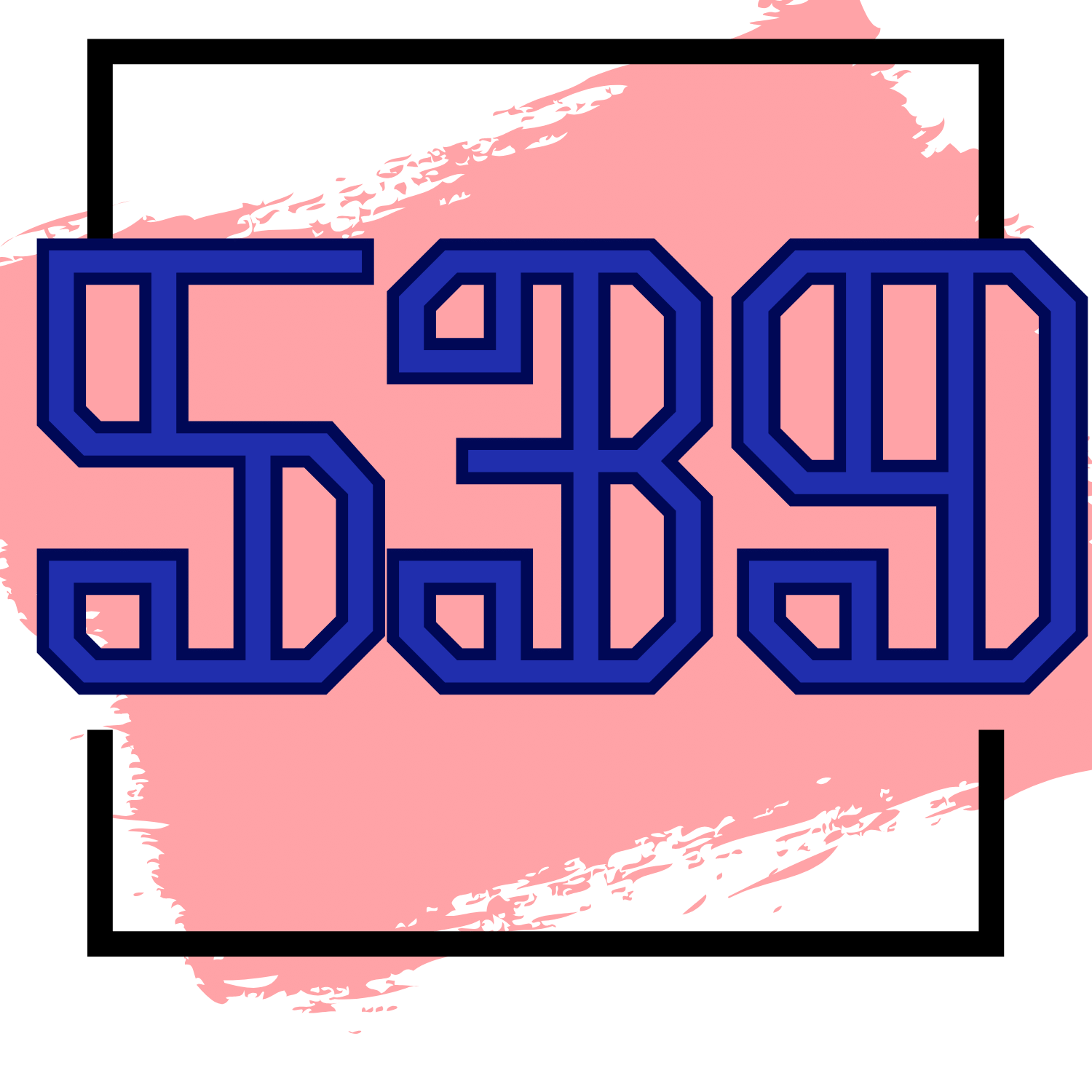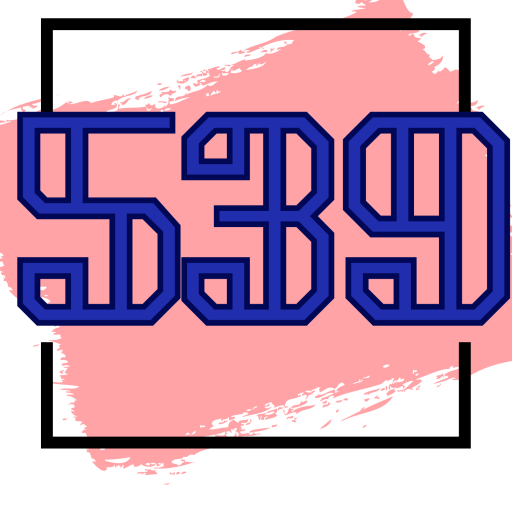Curious about the ins and outs of area codes?
Explore the fascinating world of area codes, with a special focus on the history and current usage of the 866 area code.
From origins to geographic coverage and service providers, delve into all aspects of this toll-free number.
Discuss the pros and cons of having an 866 area code and provide insights on how to obtain and manage one.
Stay tuned for valuable information on alternatives to the 866 area code for businesses.
Understanding Area Codes

A comprehensive comprehension of area codes is imperative for both businesses and consumers, especially within the context of the North American Numbering Plan (NANP), which encompasses the United States, Canada, and certain regions in the Caribbean.
What are Area Codes and How are They Used?
Area codes consist of three-digit numbers that are used to designate specific geographic regions within a country. They play a crucial role in ensuring the efficient routing of phone calls and facilitating effective communication between different locations.
These codes are integral components of the telecommunication system, working in conjunction with the familiar 7-digit local phone numbers to create a unique identifier for each telephone line. By structuring the phone network in this way, area codes help organize the vast network of phone lines into manageable segments, thereby facilitating the provision of services by telecommunication companies.
One of the key functions of area codes is to identify the origin of incoming calls, enabling individuals to discern where a call is originating from before deciding whether to answer. This capability is particularly valuable for businesses and individuals who may need to prioritize or filter incoming calls based on their location.
The History of the 866 Area Code
The origin of the 866 area code is a fascinating narrative that commenced with its establishment by the Federal Communications Commission (FCC) within the framework of the toll-free number system governed by the North American Numbering Plan.
Origins and Evolution of 866 Area Code
The 866 area code was introduced as a toll-free option to address the increasing demand for toll-free numbers within the North American Numbering Plan, overseen by the Federal Communications Commission (FCC).
This new area code was launched in 2000 to furnish additional toll-free number choices for businesses and organizations interested in establishing complimentary phone lines for their clientele. With the growth in telecommunication services and the requirement for more toll-free lines, the introduction of the 866 area code provided a solution to accommodate this expansion.
The integration of the 866 area code helped alleviate congestion on existing toll-free prefixes, ensuring that businesses could sustain toll-free services without depleting the pool of available numbers.
Current Usage of the 866 Area Code

The present utilization of the 866 area code spans throughout the United States, Canada, and select regions of the Caribbean. This area code functions as a toll-free option for businesses seeking to improve customer service and communication.
Geographic Coverage and Service Providers
The 866 area code is widely supported by a multitude of service providers that offer toll-free phone services, ensuring broad geographic coverage and accessibility for both businesses and consumers.
These service providers cater to a wide range of industry requirements by offering features such as call forwarding, auto-attendant services, and virtual phone systems. Popular companies like RingCentral and Grasshopper provide scalable solutions suitable for both small businesses and large enterprises.
Other providers like Nextiva and 8×8 place a strong emphasis on providing reliable connections and advanced communication tools, making them particularly well-suited for businesses that prioritize customer service and seamless interactions. Leveraging their extensive network coverage, these providers enable businesses to establish a national presence and efficiently serve customers across multiple regions.
Pros and Cons of Having an 866 Area Code
The utilization of an 866 area code presents a multitude of advantages and disadvantages for both businesses and customers, impacting communication, credibility, and the overall customer service experience.
Benefits and Drawbacks for Businesses and Consumers
The use of an 866 area code by businesses can result in several benefits, including enhanced credibility and increased customer trust. However, there are also potential drawbacks to consider, such as the risk of scams and potential misuse.
The adoption of an 866 area code can contribute to the development of a professional image for a business, as it indicates a nationwide presence. This perception can lead customers to view the business as well-established and reliable, which can be particularly beneficial for companies seeking to broaden their customer base beyond local markets.
By utilizing an 866 number, businesses can improve their customer service efforts by offering a toll-free option for clients to easily contact them. It is important to exercise caution regarding potential scams that may target toll-free numbers, as well as to take into account the additional costs associated with maintaining a toll-free line.
How to Get an 866 Area Code

The process of obtaining an 866 area code entails the selection of a reputable Voice over Internet Protocol (VoIP) provider, such as OpenPhone or Ringblaze. These providers offer toll-free numbers and a range of related services tailored to accommodate the requirements of businesses.
Obtaining and Managing an 866 Number
To procure and oversee an 866 number, businesses have the option to collaborate with VoIP providers such as OpenPhone or Ringblaze, both of which provide streamlined procedures for acquiring and maintaining toll-free numbers.
Upon selecting a VoIP provider, the subsequent course of action involves registering for the 866 area code. This typically encompasses completing an application form that includes pertinent details like company information, preferred number specifications, and billing particulars. Following the submission of the application, the VoIP provider will authenticate the provided information. Upon approval, businesses can proceed to establish their 866 number through the provider’s online platform or designated customer service department. The configuration process may necessitate the selection of additional features such as call routing, voicemail, or call recording, contingent upon the provider’s range of services.
Alternatives to the 866 Area Code
Although the 866 area code is commonly used, there exist various alternatives for enterprises in search of toll-free numbers, including the 800, 888, 877, and 855 area codes.
Other Toll-Free Options for Businesses
Organizations have the opportunity to explore alternative toll-free options, such as the 800, 888, 877, and 855 area codes, each presenting distinct advantages and functionalities aimed at enhancing professional communication.
For example, the 800 area code, serving as the original toll-free prefix, enjoys widespread recognition and trust among consumers, thereby bestowing a sense of credibility upon businesses. Conversely, the 888 area code is renowned for its accessibility and ease of procurement. The 877 area code, often regarded as a substitute for 800, offers a novel choice for enterprises seeking to differentiate themselves. Meanwhile, the 855 area code is experiencing an uptick in popularity due to its ample supply of available numbers, facilitating businesses in securing a suitable and memorable contact number.
Frequently Asked Questions

What is the 866 area code?
The 866 area code is a toll-free area code in North America, meaning that it is free for the caller to dial. It is used for both landlines and cell phones.
How do I know if a number is from the 866 area code?
If the number starts with 866, then it is from the 866 area code. You can also check the area code of a number by searching online or using a phone number lookup service.
Are there any charges for calling a number with the 866 area code?
No, there are no charges for calling a number with the 866 area code as it is a toll-free number. However, the recipient of the call may have to pay for the call depending on their phone plan.
Can I choose my own number with the 866 area code?
No, you cannot choose your own number with the 866 area code. Toll-free numbers are assigned by the Federal Communications Commission (FCC) and are not available for personal selection.
What states and provinces are included in the 866 area code?
The 866 area code covers all of North America and includes all states in the United States and provinces in Canada. It is not specific to one region or location.
What is the purpose of having a toll-free number with the 866 area code?
The purpose of toll-free numbers with the 866 area code is to provide a free and convenient way for customers or clients to reach businesses or organizations. It also allows businesses to have a national presence without having to use multiple phone numbers for different locations.

